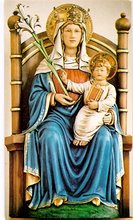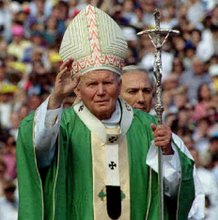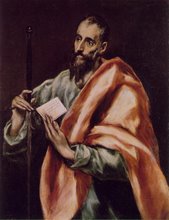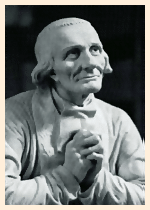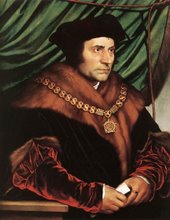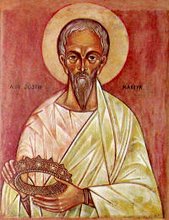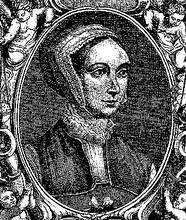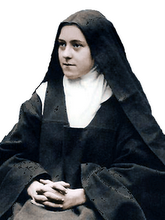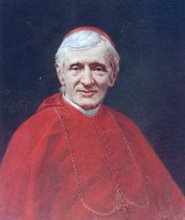When I became the assistant Spiritual Director at the Seminary of the Good Shepherd my first awareness was of a renewed appreciation, in the seminary, of the Council's teaching on the priesthood in Presbyterorum Ordinis and in Lumen Gentium, and then that the vision of the seminary was firmly based on JPII's great letter Pastores Dabo Vobis. Along with the seminary's own formation document, these teaching documents were my first point of reference.
Secondly, I became aware of how the place of human formation was being engendered in the seminary, and how it was seen as the first foundation of priestly formation. With these lights I was able to begin my work at the seminary.
My work at Campion College, and prior to that, my work in Youth 2000 in England had laid basic foundation stones in me for the mission of confessor and spiritual director. Providence had been at work and I approached this new work of seminary spiritual director in a three-fold way:
Firstly, I guided the individual to appreciate how he was engaging with the concrete life of the seminary at all its different levels.
Secondly, I endeavoured to help the young man appreciate how his own vision of, and desire for, the priesthood was developing in him as he progressed through the seminary. For instance, how he was approaching poverty, chastity and obedience.
Thirdly, my aim was to enable him to recognise, and mature in, the concrete reality of his daily spiritual life, helping him interpret that reality under grace.
What a marvellous task it was, and what a great learning curve it was for me too!
I already attribute my own growth as a confessor to the many confessions of young people of Youth 2000 which I have heard. Now I must pay tribute to the seminarians of the Seminary of the Good Shepherd for enabling me to become a better confessor, one after the heart of Jesus Christ.
I must also pay tribute to them for the way that they are approaching the priesthood. They have a great love for the Church, her Liturgy and her Teaching. And not only that, but I could discern from my first months in the seminary, that there was a desire for good Liturgy, good catechesis and good preaching. Indeed, I could see that the seminarians were discerning in their search for models of diocesan priesthood. The Church in Australia will be very blest when this generation of seminarians embraces the Mission of Christ at Ordination.
For me, a very special grace was being given during all of this time: I was coming to a new awareness of and closeness to the Heart of Jesus when I celebrated the Mass! I began to realise this during my third year in Sydney and I rejoice in this unexpected grace. It seems to me that Christ has waited all this time, and that perhaps I needed to be on the other side of the world in order for me to receive this grace. I wont say more about this now; this grace is very much alive in me and I would rather be the agent of its effects than try to rationalise it.
What I have said here is just the very broad brush-strokes of my years in the Seminary; it was a very rich experience. My God bring to fruition, in Christ's priesthood, all those generous hearts who are offering themselves to Him, and to serve His Church.


















































